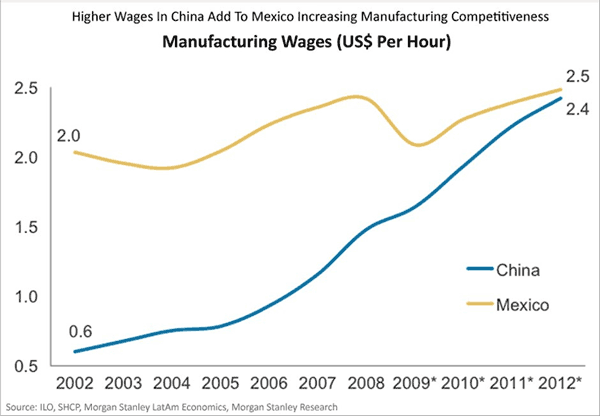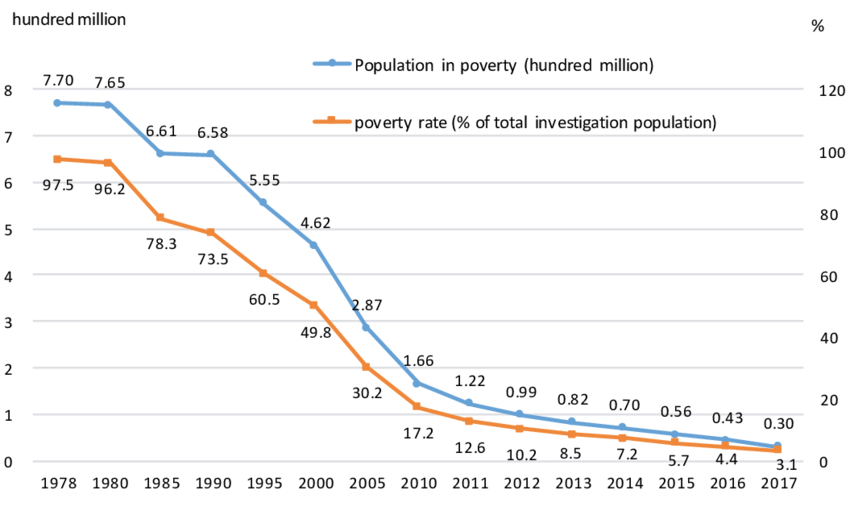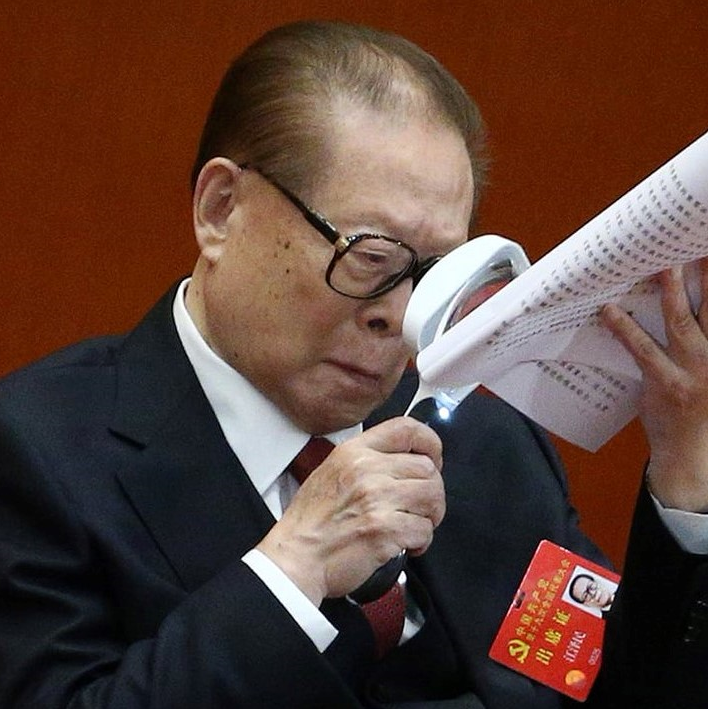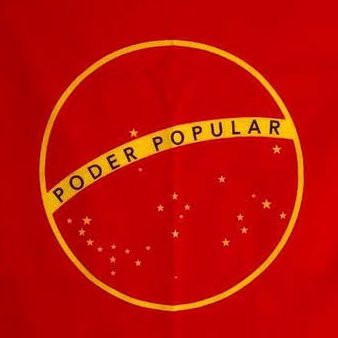There is this misconception that all chinese are terribly paid, principally in the manufacturing sector, with stories ranging from slave to terribly paid to child labor. Could someone share a scientific article (so I can share sources and read more about the subject)?
I have to admit that I have barely no knowledge on the matter other than anecdotal evidence.
http://www.stats.gov.cn/english/
Go wild.
Good luck getting around the “all statistics about China are propaganda unless they’re from white people who show they’re unbiased by espousing a healthy dislike of the Chinese government” brainrot, though.
It’s tiresome to see the brainrot. They find absurd the idea that every government needs to have reliable data to simply… plan things. It’s confusing because if the all the statistics about China were propaganda they would never be able to reach the level of development they are right now.
Also thank you very much for the statistics!! It will help me a lot to search for things I have curiosity on.
Slave or child labor does not exist in China outside of human trafficking trade which exists in every country. China has one of the lowest retirement ages in the world for factory workers.
On the poor working conditions and low wages in China, when this propaganda was coming out in the 80s-90s and 2000s, it was pretty much true. It was not due to evil government, but instead due to underdevelopment. China came out of WW2 and the civil war extremely poor. China needed resources from overseas so they needed to trade with other countries, the US being the world’s largest creditor at the time due to capturing the debt of its allies and enemies alike, while also being relatively untouched in the war, limiting damage to the Hawaiian colony. Trade in a market society, as the world had become through Colonialism, is actually a trade of labor rather than a trade of commodities. Without constant capital in the form of resources (especially hydrocarbons) and machinery, Chinese people had to provide more labor hours with worse conditions (no money for high quality factories) manufacturing cheap commodities for America while Americans gave much fewer labor hours in better conditions due to high quality machinery (bought with wealth accumulated from slavery, colonies, and free native land). China had started at the bottom of global production, whatever factories they could make were gonna be cheap, and the foreigners willing to invest were gonna go as cheap as possible, which is why the commodities that came out of China are also very cheap. When the revenues from cheap goods are produced by 10-20x more Chinese people than Americans, that little bit of return is getting shared amongst a lot more workers, i.e. very small wages. This is the gist of Neo-Colonial exploitation of poor countries by rich countries, the rich ones exploit the poor ones by an unfair balance of trade in labor. Chinese wages were low and working conditions bad because the richer countries paid them tiny wages and invested in them cheap factories, but China had to do it anyway, because otherwise they could not develop their productive forces.
China’s government however, has put great effort in making sure every year the conditions of workers improve. China took some of the money workers got making Nikes and Gameboys and reinvested into better factories, reducing the amount of labor necessary, and raising wages for the workers who remain, while other workers are now free to help out in other fields, or even start businesses. How can we tell if wages and conditions are getting better for Chinese workers as the country develops? Well first China’s life expectancy went from one of the lowest in the world to just surpassing the US. We can compare it with India who’s had a Capitalist development:

Though the largest increase in life expectancy came under Mao’s leadership with the Great Leap Forward and Cultural Revolution as China initially focused any labor and resources towards community health and food security, leaving the factories underdeveloped. China’s wages have been constantly increasing:

China’s GDP is the fastest growing in human history and has lifted the most amount of people out of poverty in human history:

So it is clear that China’s working conditions used to be poor because China was the poorest country on Earth, now China’s working conditions are getting very good and it has just become the largest economy by PPP in human history, with hundreds of millions of people thriving and seeing their lives improve year over year. Geographically, development has not been equal as trade with the rich countries, who are maritime powers, placed most of China’s development on the coastline. Government programs, piloted by Xi when he was a provincial leader, have paired rich coastal provinces with the poor provinces and autonomous regions of the interior to develop the domestic system of trade which is how most of the poverty alleviation occurred and how China’s GDP PPP (a measure of how large and vibrant trade is) became the largest in the world.
John Ross’ China’s Great Road is a very good book on China’s development and the Scientific Socialist theories China has used to develop themselves.
something very important that i think you forgot to mention was the end of the eastern block after the dissolution of ussr.
this left not only china but the remaining socialist countries in extremely difficulty positions, specially when they were underdeveloped because of years of war and colonial occupation, so they had to make concessions, the only one that didn’t made any was the based republic of peoples korea.
That data and graphs is going to be very useful for me, I’m also going to check out that book! Thank you very much! 😁




